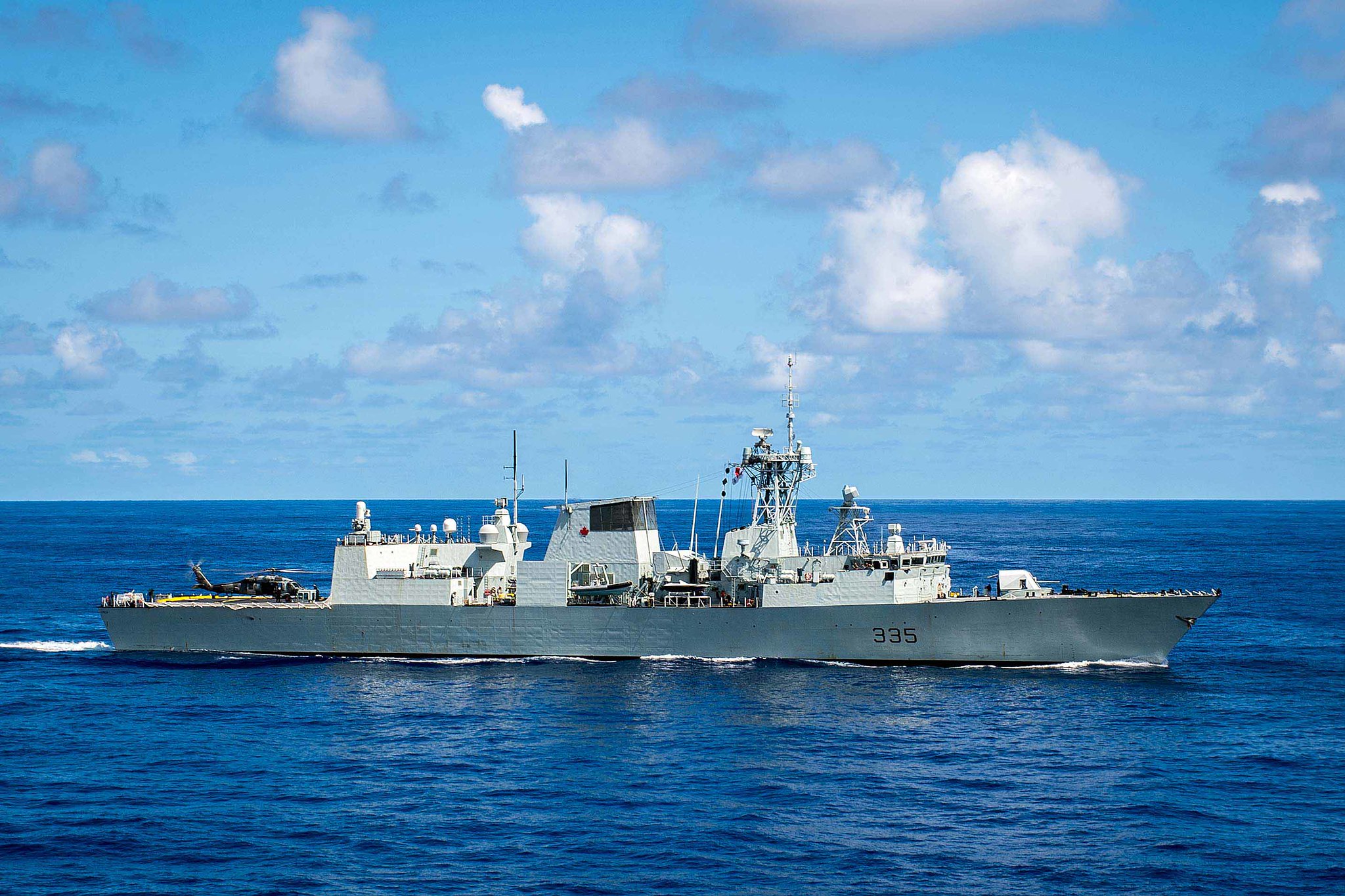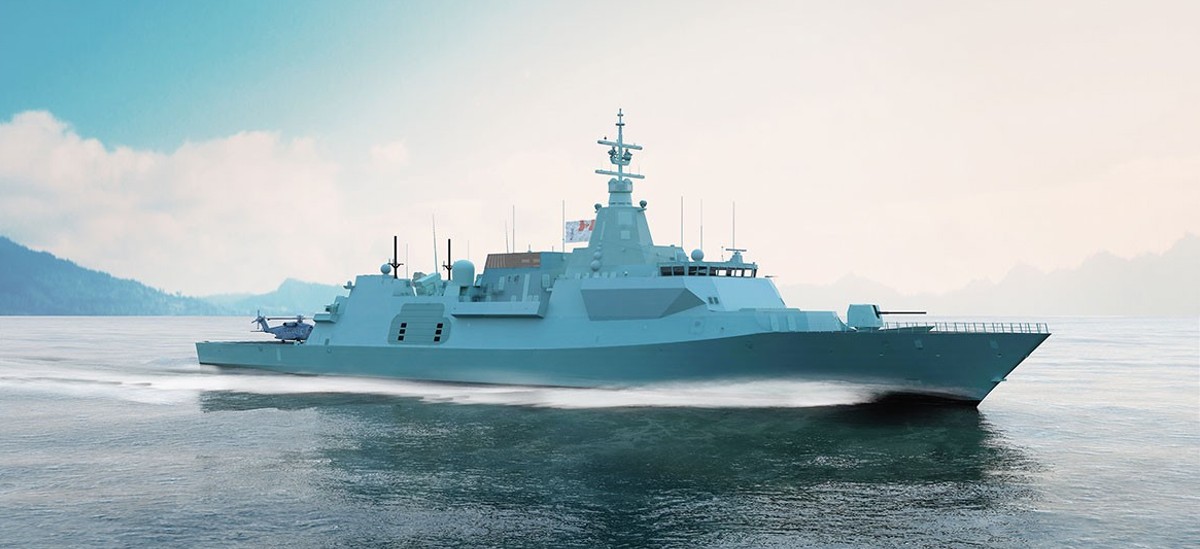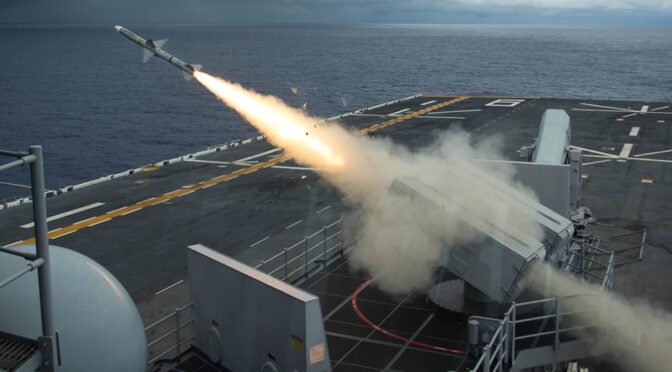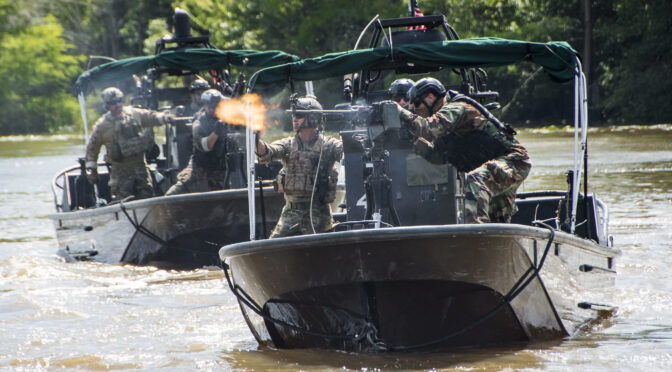By Dr. Julian Spencer-Churchill and Alexandru Filip
Introduction
With tension level ever increasing in the Pacific, Canada must prepare for future naval threats from revisionist states, which threaten international order and the peace of fellow democracies. In August, Ottawa deployed three frigates of the Royal Canadian Navy (RCN) to the Pacific to demonstrate freedom of navigation against encroachments by the Chinese Coast Guard. This posturing, coupled with a willingness to act along side allies, sends a strong signal of determination to maintain international norms, while also preparing for a fight against aggravating Chinese and Russian hostilities which will no doubt pull Canada into a wider conflict if deterrence fails. But Canada’s current naval capabilities fall short of meeting great power threats, which may diminish its usefulness in supporting allies in a Pacific conflict.
Canadian Mission Sets in Pacific Conflict
In the event of war in the Pacific, most likely confronting China over Taiwan, Ottawa will adopt postures and mission sets in support of allies. Canadian military missions could consist of a wide range of missions to include convoy protection across the Pacific (possibly up to the East coast ports of Taiwan, Philippines and Okinawa) with an emphasis on anti-submarine warfare (ASW), air defense against long-range and submarine-launched and island-based missiles, and littoral duties to include defense against small attack craft hidden in estuaries.
Beyond warfare mission sets, Canadian military forces could be used for blockade enforcement in the open seas, along the Ryukyu Islands, at the Malacca, Sunda, Lombok and Makassar straits of Indonesia, the Straits of Hormuz, and in the Indian Ocean against Chinese allies like Iran, Pakistan, Sri Lanka, Bangladesh, and Myanmar. If the Kremlin provides material support to Beijing, the Royal Canadian Navy (RCN) could assist or reinforce U.S. arctic inspections for war contraband at the Bering Strait and the Northwest Passage. Canadian military forces could also help escort U.S., Japanese, or British aircraft/helicopter carrier groups operating in the Philippine Sea or the Indian Ocean. Canadian military forces could also provide support to other allied platforms capable of conducting long-range deep strike missions against bases and sensors within mainland China. However, supporting such a kinetic mission sets during wartime may escalate Chinese Communist Party (CCP) retaliation to Canadian soil attacks from conventional hypersonic weapons against economic targets such as at Fort McMurray in Alberta, or the Great Whale hydroelectric projects in Quebec.

Canadian military forces could also conduct surveillance of key transhipment points against states Beijing-aligned states, such as the Republic of South Africa and the Cape of Good Hope, and Cuba and the Panama Canal. In the unlikely contingency of an attempted breakout from the first island chain of the Chinese PLAN (People’s Liberation Army – Navy), Canada’s Harpoon-equipped Halifax class frigates may be employed as part of a surface action group (SAG). Canadian ASW helicopters operating from the deck of the Halifax frigates, and Aurora maritime surveillance aircraft, could also could also support high-risk contingency mission such as assisting allied submarines to hunt the PLAN’s six Jin class ballistic missile submarines (SSBNs) in the South China Sea, the Central Pacific, or even Russia’s SSBN bastion in the Sea of Okhotsk.
The Canadian military could also provide at-sea-replenishment, a key enabling mission to overcome vast distances involved in a Pacific campaign. This mission could be will be fulfilled by Protecteur class vessels, currently being built. All of these contingencies will involve the RCN, in conjunction with Canada’s maritime surveillance capabilities, to operate from allied Pacific bases, such as in Japan, the Philippines, or Taiwan, protected by elements of the Royal Canadian Air Force (RCAF) and Army.
Canada’s Naval Capabilities
Canada’s current naval capabilities are inadequate for a determined operation in the Pacific theater. Canada currently has 12 multi-role Halifax class frigates, four Victoria class submarines, and 14 CP-140 Aurora maritime patrol aircraft. These platforms, and Ottawa’s future Canadian Surface Combatant (CSC), must be assessed as seriously deficient compared to their most likely combat missions. Modern vessels are judged by the numbers of vertical launch system (VLS) tubes, of which the U.S. has 9,044, China has at least 2,000, and Canada will have zero built-in VLS for at least the next half-decade. Canada’s 288 obsolete above-deck VLS on its Halifax frigates, are far more vulnerable to shrapnel.
The current Halifax class frigates that are the mainstay of the Canadian surface fleet are outclassed and limited in combat against opposing navy’s ships or even as deterrents. Their older Sea Giraffe 180 HC and SMART-S MK2 radars only provide surface and air radar coverage to a maximum of 100 and 135 nautical miles, respectively.
For comparison, PLAN’s most common frigate, the Type 054A Jiangkai II (of which they have around 30 vessels) has a Type 366 radar. This variant is a reworked Chinese version of the Russian MR-331 Mineral-ME radar, covers surface targets to 135 nautical miles. It also possesses a Type 382 radar, an adaptation of the Soviet MR-710 Fregat M2EM present on Russian Sovremennyy class destroyers, which provides coverage to 161 nautical miles for air and surface searches. In terms of weaponry, the PLAN Type 054 outperforms the Halifax class in the form of its YJ-83 anti-surface ship missile (100 nautical mile range) outfitted with 32 VLS cells, which exceeds the Halifax’s compliment of RGM-84L Harpoon II (75 nautical mile range). While it may seem that the disadvantages posed to Jiangkai II are peripheral, these seemingly marginal issues will be further compounded because the RCN will be operating in an environment in which it is outnumbered. It will also be deployed against a seemingly pervasive littoral air threat in the form of PLAAF (People’s Liberation Army – Air Force) H-6 bombers and other sea denial anti-ship cruise and ballistic missiles.
Despite the present surface capability gap, the Canadian Surface Combatant (CSC) project of fifteen warships by the early-2030s, offers enhanced capabilities for many of the Royal Canadian Navy’s future operational requirements. Each CSC will feature multi-load-out capable 32 VLS, AN/SPY-7 radar, and RIM-66M-6 (maximum range of 90 nautical miles) missiles that will enable a far greater surface to air capability. The BridgeMaster E radar provides a surface search capability of around 96 nautical miles, which is a slight reduction from the Halifax class, but compensates with a complement of RGM-184A Naval Strike Missiles (NSMs) with a 100 mile range.
This puts the CSC a step above the Halifax-class with radar and weapon arrangements that are closer to China’s Type 052 Luyang III, China’s most common destroyer class. While the Luyang class fields YJ-18 Anti-Ship Cruise Missile (ASCM), which boasts a range of around 300 nautical miles, the CSC fields Block IV Tomahawk cruise missiles (Raytheon has been looking at turning into antiship missiles for naval combat). Their retrofit could offer a solution to longer range targeting and act as a deterrent against Chinese and even Russian surface vessels, allowing these ships to engage in blockade operations along strategic sea lines of communication from a significant distance. This would allow the RCN to carry out escort missions supporting convoys through the Indonesian Archipelago to Australia, Japan, and Taiwan, while also providing surface, air, and anti-access/area-denial (A2/AD) against Chinese long-range bombers and attack aircraft.

The PLAAF H-6’s principal anti-ship missiles (ASM) ordnance outranges the CSC’s anti-air capability. However, the H-6’s Type 245 radar only has a range of 150km, and the CSC’s Electronic Warfare (EW) countermeasures could jam the bomber’s sensors, and even the Airborne Early Warning (AEW) radar of Chinese aircraft patrolling nearby, from exactly pinpointing its location, forcing the enemy to get closer and possibly within range of the CSC’s surface-to-air missiles (SAM). The CSC’s AN/SPY-7 multi-mission radar is capable of tracking missiles headed towards other ships in its flotilla.
The CSC also provides an enhanced underwater sensing capability. The CSC’s Modular Multistatic Variable Depth Sonar System and S2150-C Hull-Mounted Sonar System allow the ship to navigate through mined sea lanes. The CSC’s can embark the CH-148 Cyclone helicopter, which hosts a suite of sensing equipment to conduct Intelligence, Surveillance and Reconnaissance (ISR) beyond the ship’s horizon. The CSC’s sonar capability, in conjunction with the ASW capable CH-148 Cyclone helicopter, will serve instrumental against PLAN and Beijing-allied submarines, such as North Korea, which can launch long-distance torpedoes and stand-off anti-ship missiles. The RCAF’s anticipated procurement of the P-8A Poseidon maritime patrol reconnaissance aircraft (MPRA), equipped with an outfit of sensing and attack equipment to include magnetic anomaly detectors (MAD), sonobuoys, surface-search radars, and Mark 54 Torpedoes, operating with the CSC will critically enhance ASW capabilities.
These ships also will fulfill the Anti-Surface Warfare (ASuW) mission set that involves targeting enemy ships and aircraft, which would conduct similar adversarial mission sets. The CSC could fulfill the role of a picket, technically the supporting role of being used as a “forward radar observer,” because of its radar and electronic warfare (EW) systems that could mask friendly ships and aircraft by jamming. Through an integrated or combined effort, Canadian or allied P-8As could launch long range anti ship missiles (LRASM) or Rapid-Dragon anti-ship cruise missiles (ASCM), while receiving over-the-horizon (OTH) and midcourse guidance towards their targets from Canadian CSCs. This would allow aircraft and ships in the area to utilize emissions control (EMCON) procedures to remain hidden from Chinese passive electronic intelligence (ELINT) sensors.
Canada is overdue for an upgrade to its submarine fleet. This new fleet should be composed of nuclear submarines capable of deterrence patrols, surveillance, and action across both the great distances and extended deployments required of the Pacific or Canada’s Arctic archipelagic theatre. Theses subs should conduct patrols to avoid a repeat of the lacunae of the Cold War, when the Soviet Union operated submarines through the Northwest Passage undetected. In peacetime and in the lead up to conflict or war, these submarines should conduct intelligence gathering operations including signals intelligence (SIGINT), in conjunction with organizations such as the Canadian Communication Security Establishment (similar to the U.S. National Security Agency), responsible for foreign SIGINT operations.
Operation Ivy Bells is similar example of peacetime SIGINT conducted by the United States during the Cold War. From the beginning of the 1970s until 1981, submarines would transport divers into the Sea of Okhotsk where they then tapped into Soviet undersea communications cables. Despite advances in technology, there is still a distinct operational necessity in regards to using submarines for intelligence collection or observation operations, which would require them to penetrate deep into unfriendly territorial waters, or even sabotage operations in the event of hostilities.
Conclusion
Any military action will have significant implications for Canada’s domestic politics and Ottawa may choose to opt out of certain taskings, especially regarding sentiments of the substantial recently immigrated Chinese-Canadian population. However, aside from the difficulty of politically micro-managing the daily mission of Canadian vessels in a rapidly changing operational theatre, this type of participation avoidance may provoke a critical response from Washington. Worse still, not having sufficient fleet capability to confront the contingencies faced by Pacific allies will leave Canada severely marginalized, with implications for its interests in the Arctic, commerce, and even Canada’s strategic autonomy.
Dr. Julian Spencer-Churchill is associate professor of international relations at Concordia University. He authored Militarization and War (2007) and of Strategic Nuclear Sharing (2014). He published extensively on Pakistan security issues and arms control and researched contracts at the Office of Treaty Verification at the Office of the Secretary of the Navy and then for Ballistic Missile Defense Office (BMDO). He is a consultant that conducted fieldwork in Bangladesh, India, Indonesia, and Egypt. He is a former Operations Officer, 3 Field Engineer Regiment, from the end of the Cold War to shortly after 9/11. Follow him on X (formerly Twitter) @Ju_Sp_Churchill as well as other following links: Publishing 7, Muckrack, Concordia, Canada, Youtube, and the Canadian Centre for Strategic Studies.
Alexandru Filip is an International Relations student at Concordia University, Montreal. He is also an analyst and editor at the Canadian Center for Strategic Studies research institute. His research focuses on strategic and security studies, with a particular interest in naval, air, and nuclear capabilities. He has previously published in RealClearDefense.
Featured Image: The Royal Canadian Navy Halifax-class frigate HMCS Calgary (FFH-335) departs Pearl Harbor, Hawaii (USA), to begin the at-sea phase of Rim of the Pacific (RIMPAC) 2014. (U.S. Navy photo)





















